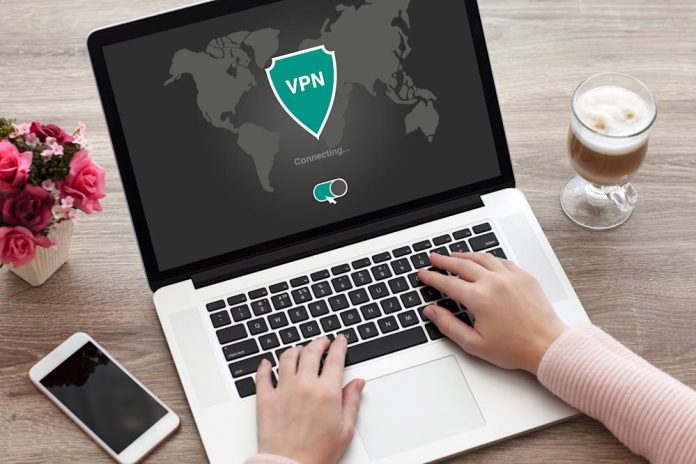A virtual private network (VPN) is a tool that allows you to skin your connected identity while still gaining access to restricted online material. Only the VPN service provider has access to your internet activity, and poor VPN providers might track users’ activities or even vend them. Make sure to use a quality one such as the TrustZone VPN to avoid such issues in the future.
Consider employing top-notch, well-known firms providing VPN service with a clear no-logs policy for client data since it is critical to do so.
However, if you don’t want to handle it like that, you may have an option to create your VPN at your place using existing gear.
1. Configure Router To Make It A VPN Server
Setting up a server on your VPN-enabled router should take just a few minutes. It will be problematic if your router doesn’t support VPNs. Check to see whether your router has VPN capabilities in the manual.
For a router, simply browse the VPN section of your configuration page and then select OpenVPN as the protocol. Using specified instructions, create your VPN server using the installed router. This will make you able to control VPN functions.
Keep in mind the instructions for setting up a VPN server, the router may vary, depending on the firmware version.
2. Increase Compatibility Of Router to Flexibly Work with Third-Party Firmware
If you don’t have VPN capabilities on your router, that isn’t a big issue. You must simply check if your router is compatible with third-party firmware such as DD-WRT or OpenWrt to enable any of these applications.
The first step is to simply update your router’s firmware, which acts as a sort of operating system for your network. It’s as if you’re upgrading your router to a more advanced operating system that allows you to provide VPN hosting services.
You should be extremely cautious and execute the procedures exactly as described. Eradicating the installed firmware on your router may be hazardous; therefore, you must proceed with caution.
3. Establish connectivity with VPN Server Using Windows Platform
On your Windows system, you may establish a virtual private network (VPN) and permit users to get attached to it. To begin, you’ll need to configure port forwarding & VPN protocol to communicate easily.
You may establish a new incoming connection in the system’s Network Connection and choose from a group of users, as well as add new ones that can connect to your VPN server.
When you’ve finished, your VPN server’s IP address should be listed in the Windows Firewall with Advanced Security. Then, to allow remote connections from the VPN server, you must modify the firewall settings.
To finish the procedure, set up a VPN link from your VPN server to your local network for specific users to access.
4. Establish link for VPN Server On Cloud USING AWS
Configuring your VPN on Amazon Cloud is the most straightforward method. You will be charged for the services provided, type some commands into the system, and you’re ready to go. There are no technical requirements to consider.
To start, you must establish an Amazon Web Service account and acquire the necessary algorithm dependencies. Then, on your system, execute them. The method for executing the algorithm dependencies varies depending on the operating system.
After you’ve installed the software, follow these steps: Run a few commands, pick a VPN provider, create a user profile, and input AWS access codes in the correct areas.
On PCs, install and customize the VPN.
Final Words
Even though many VPN services provide excellent services at reasonable costs, setting up and running your VPN server may be an enticing alternative. Even if they have tight logging rules or are strong, not all VPN businesses adhere to these standards.
You should double-check that your VPN has been reviewed and audited by a third party to ensure that it is secure and reliable. You may also use this method to establish your VPN.


































